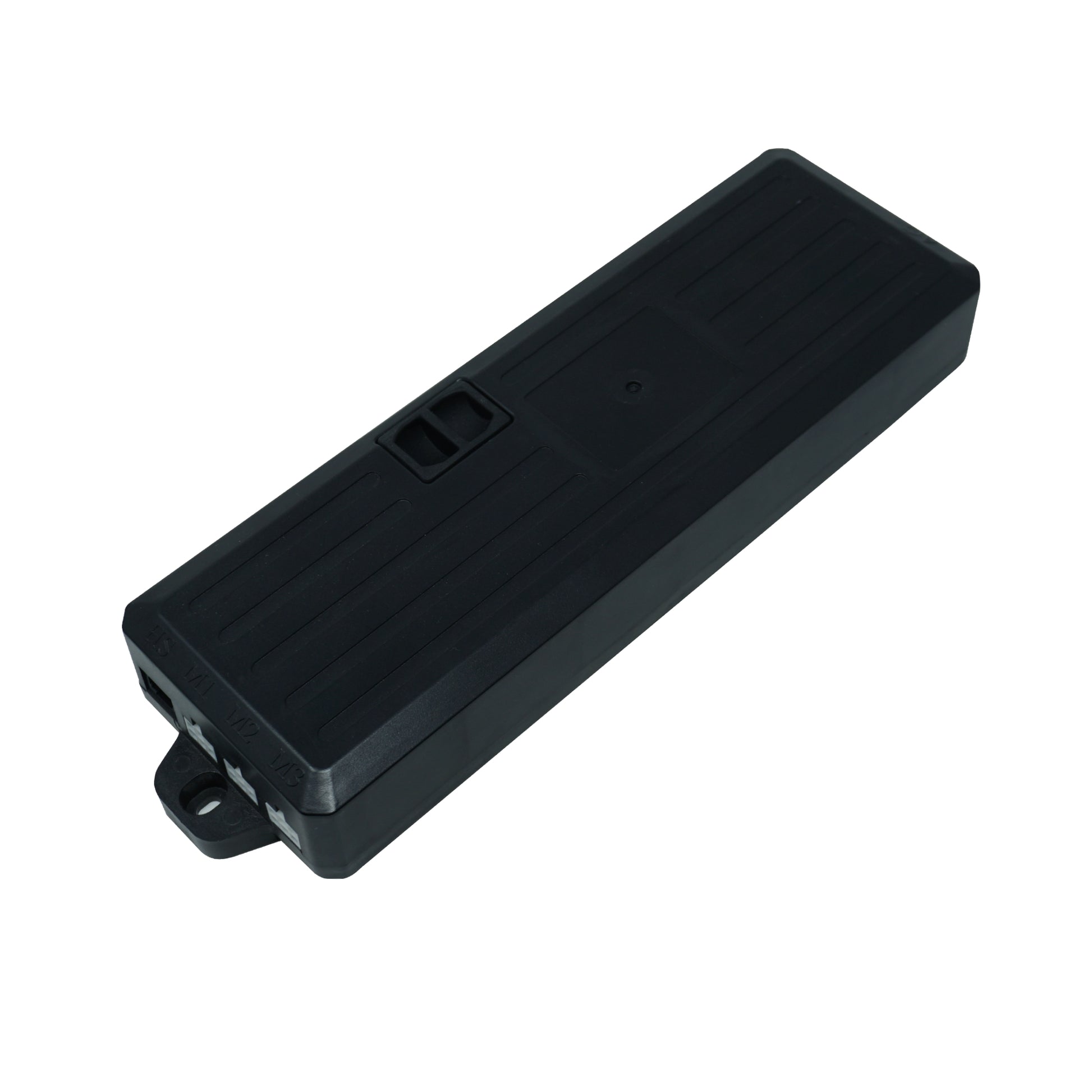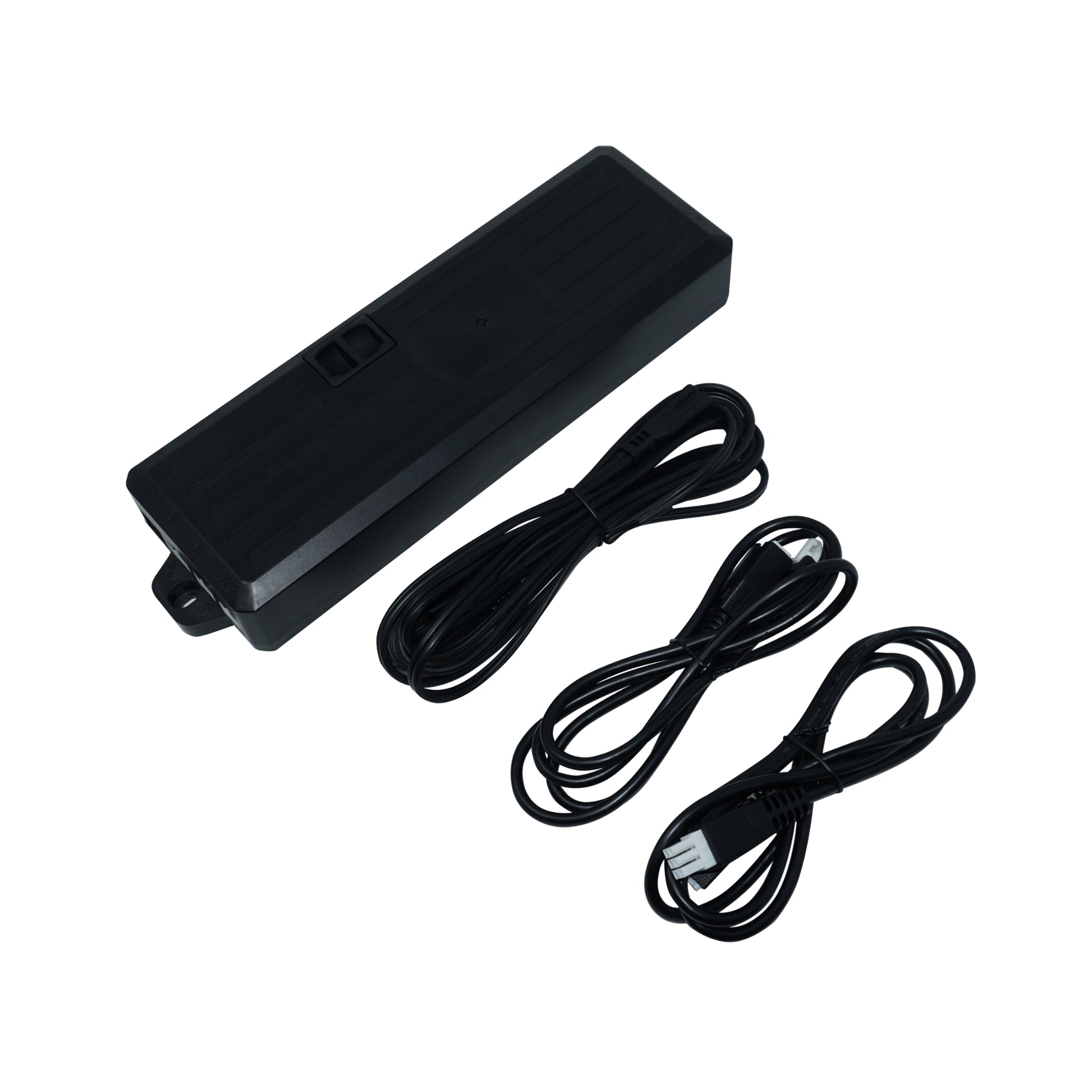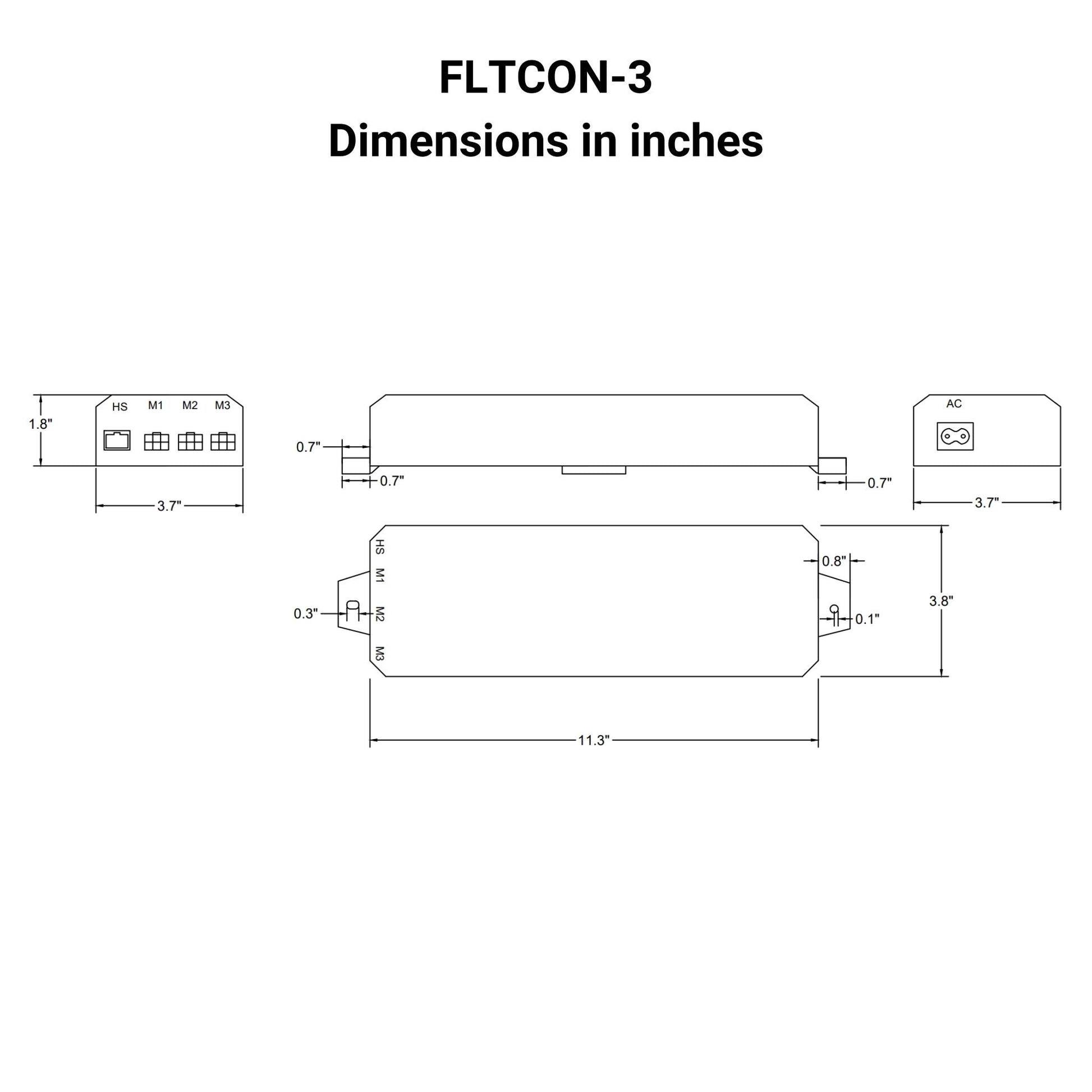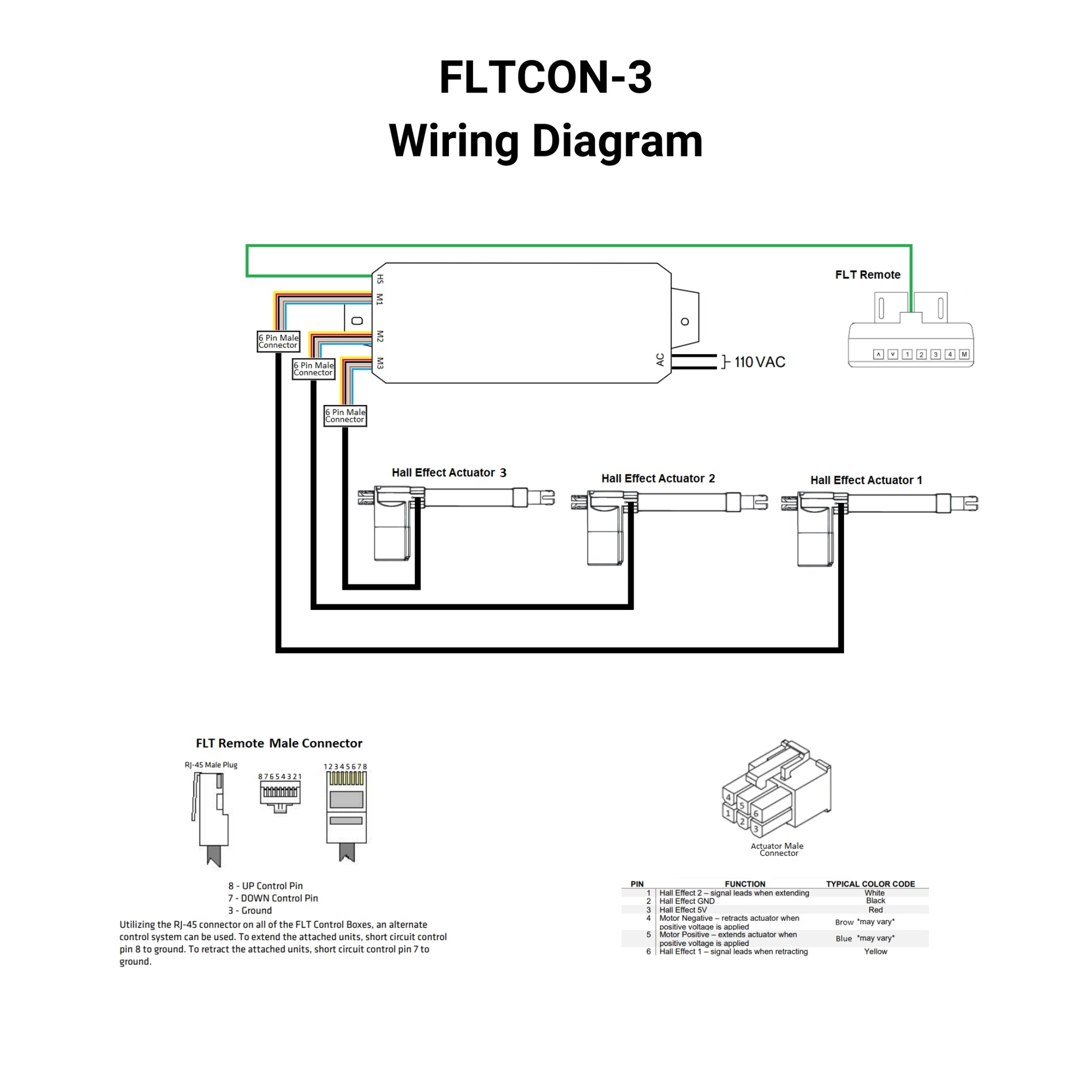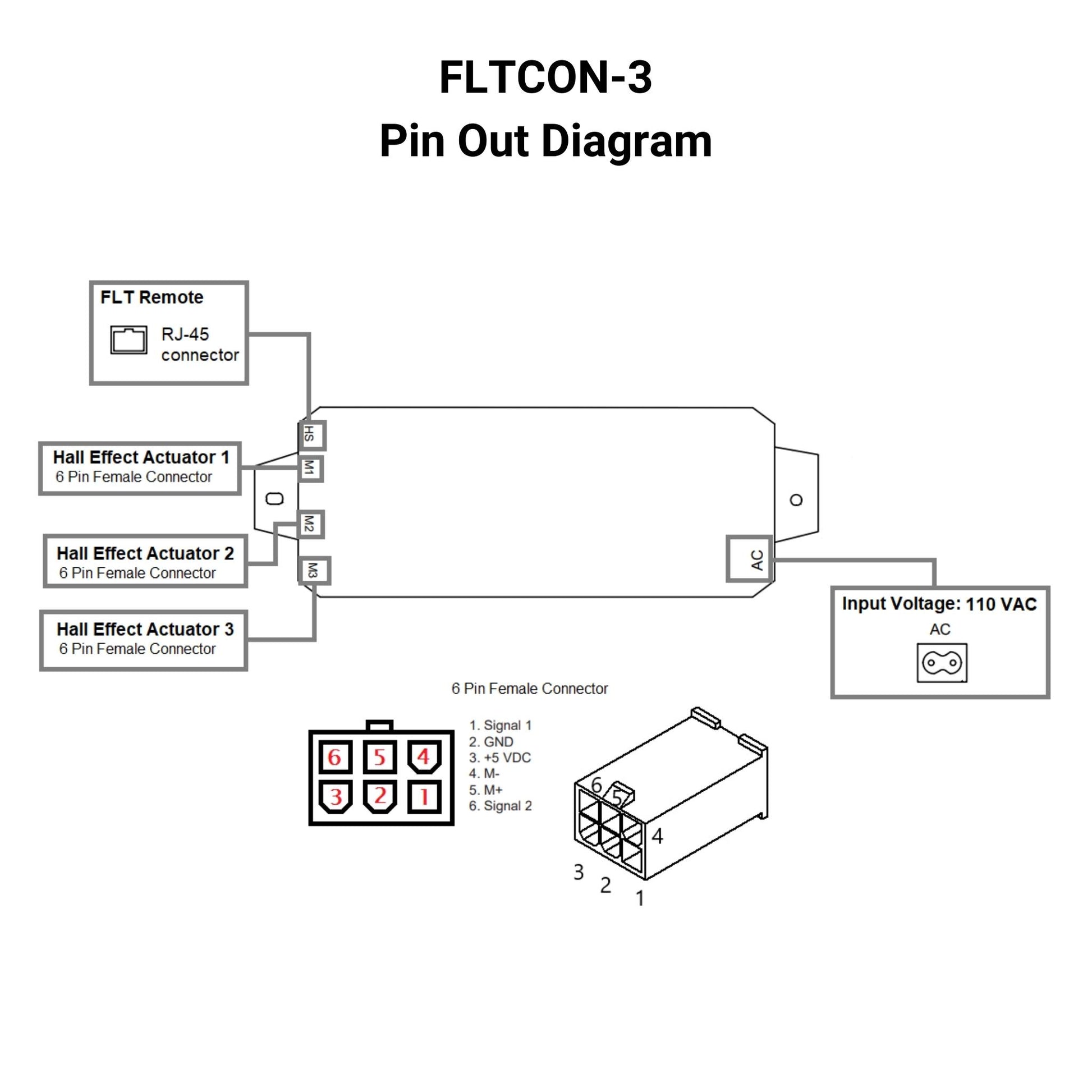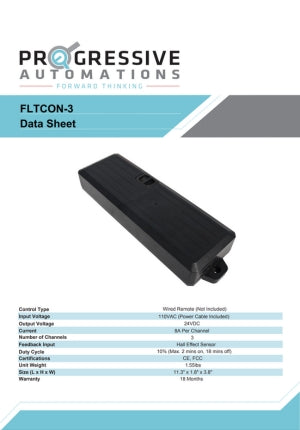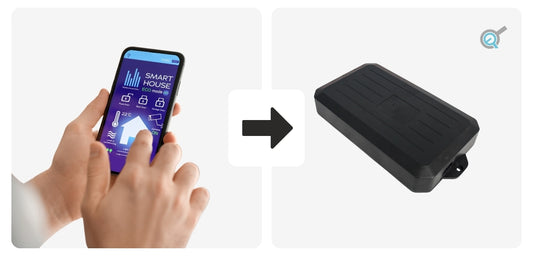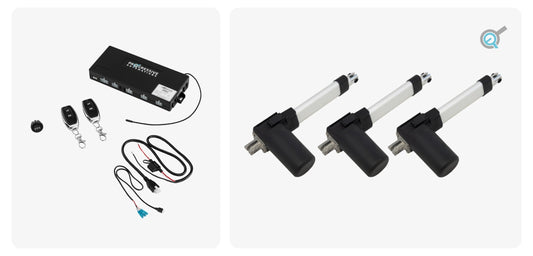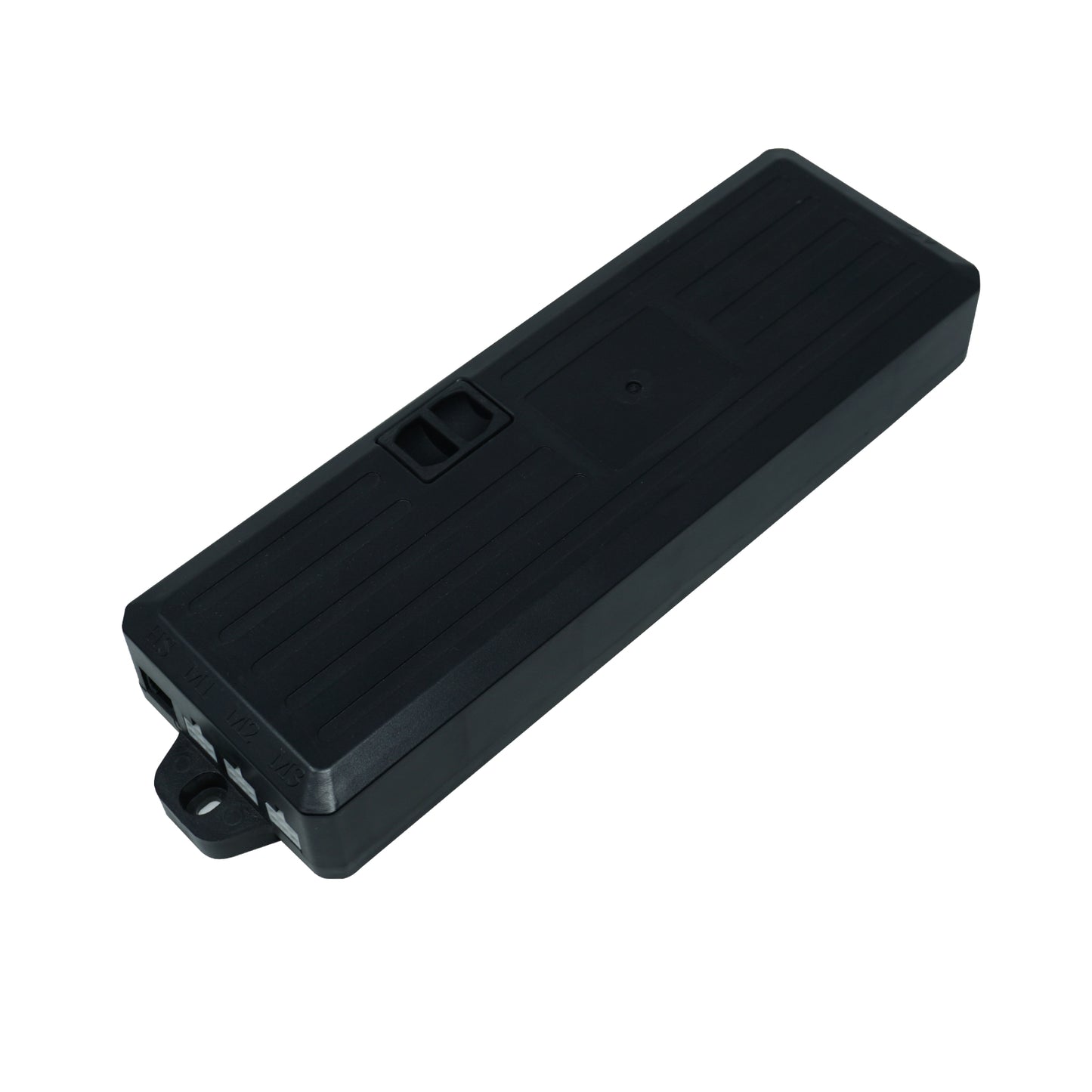
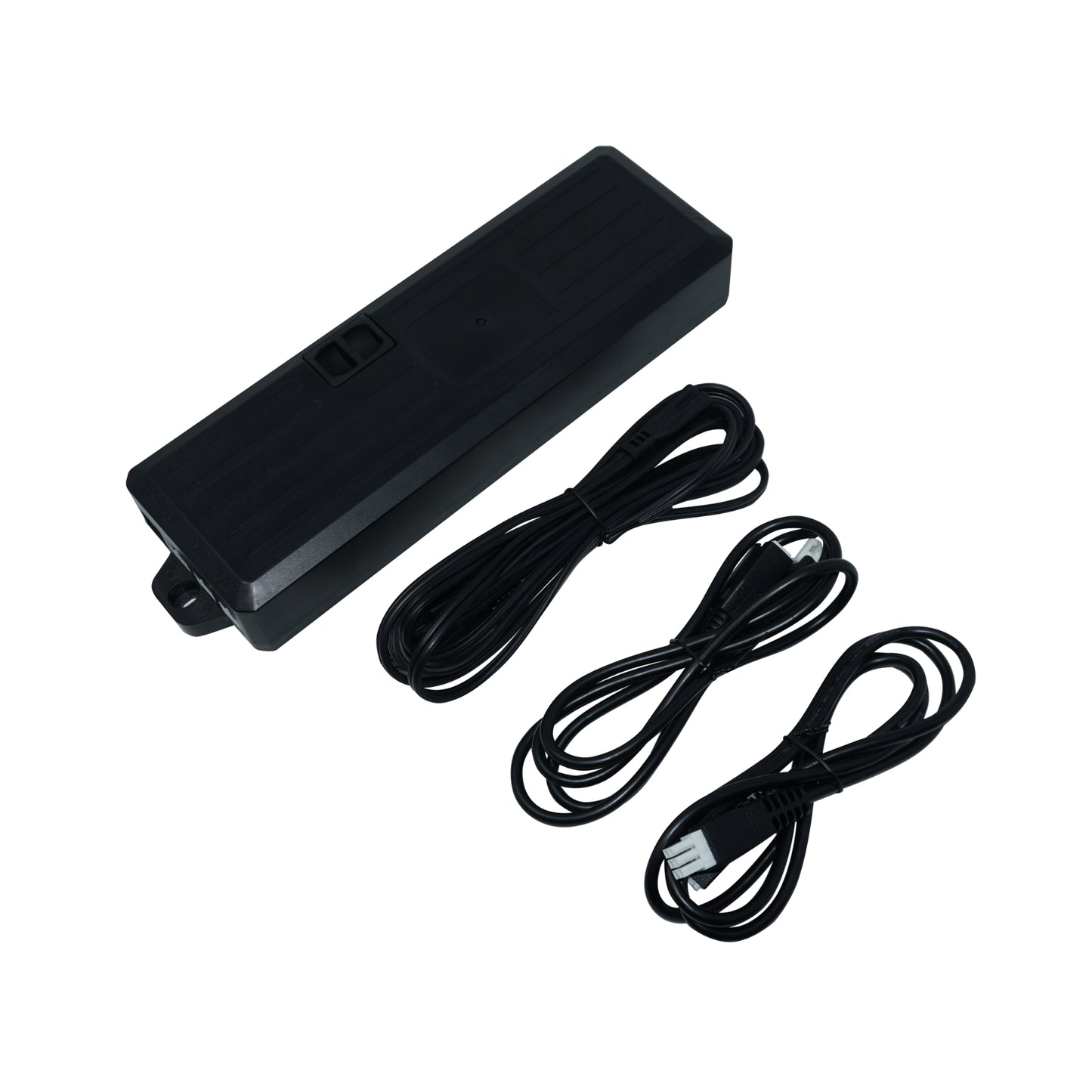
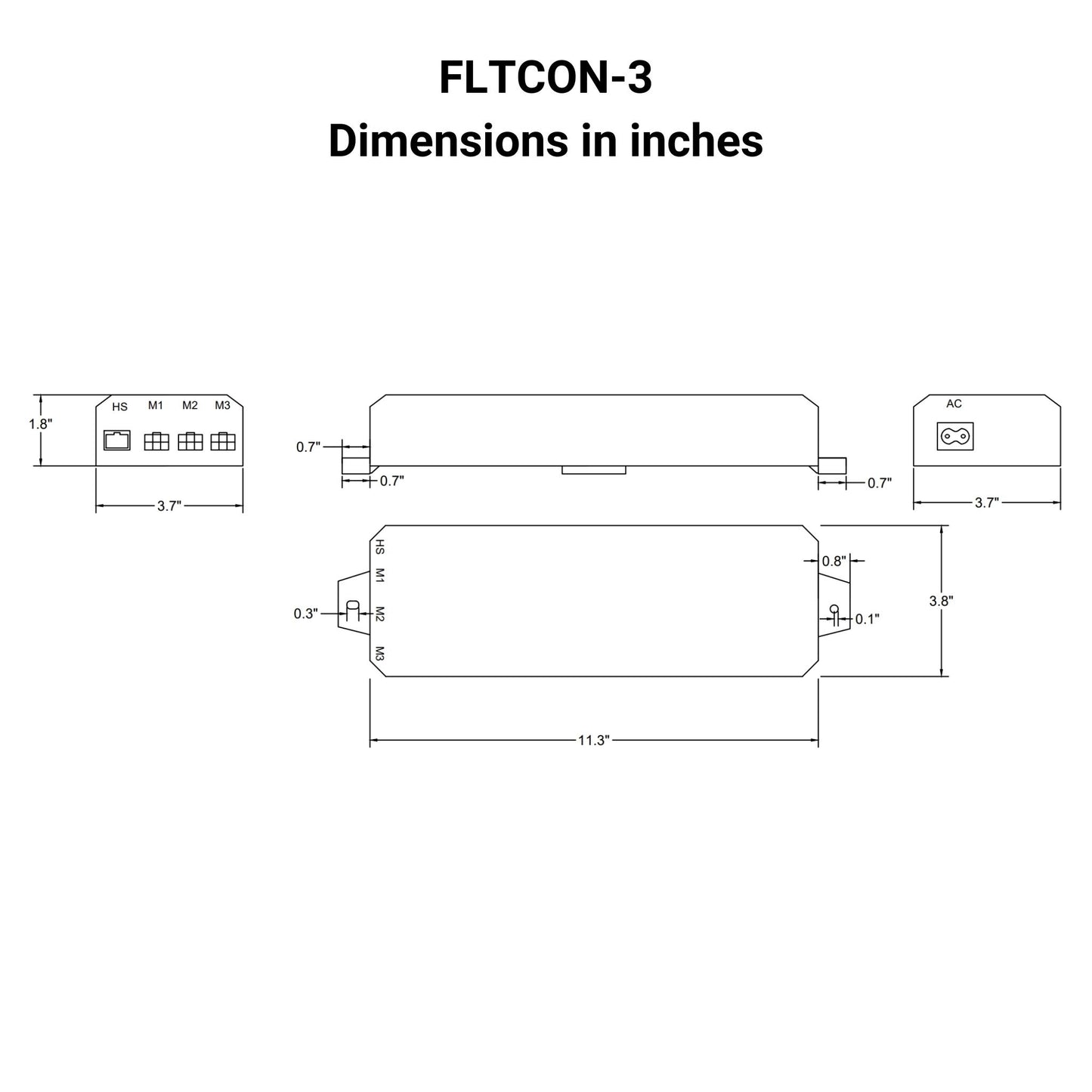
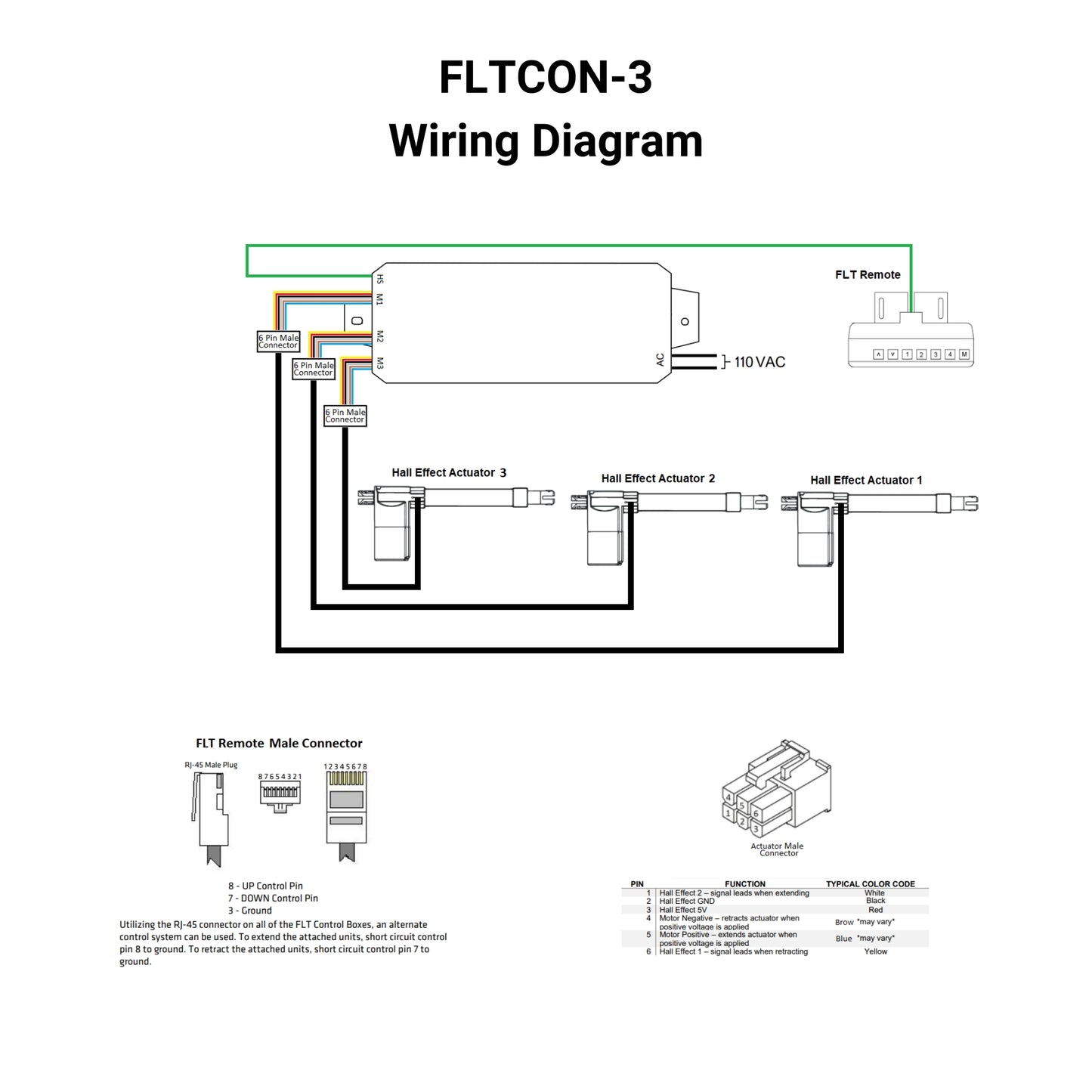
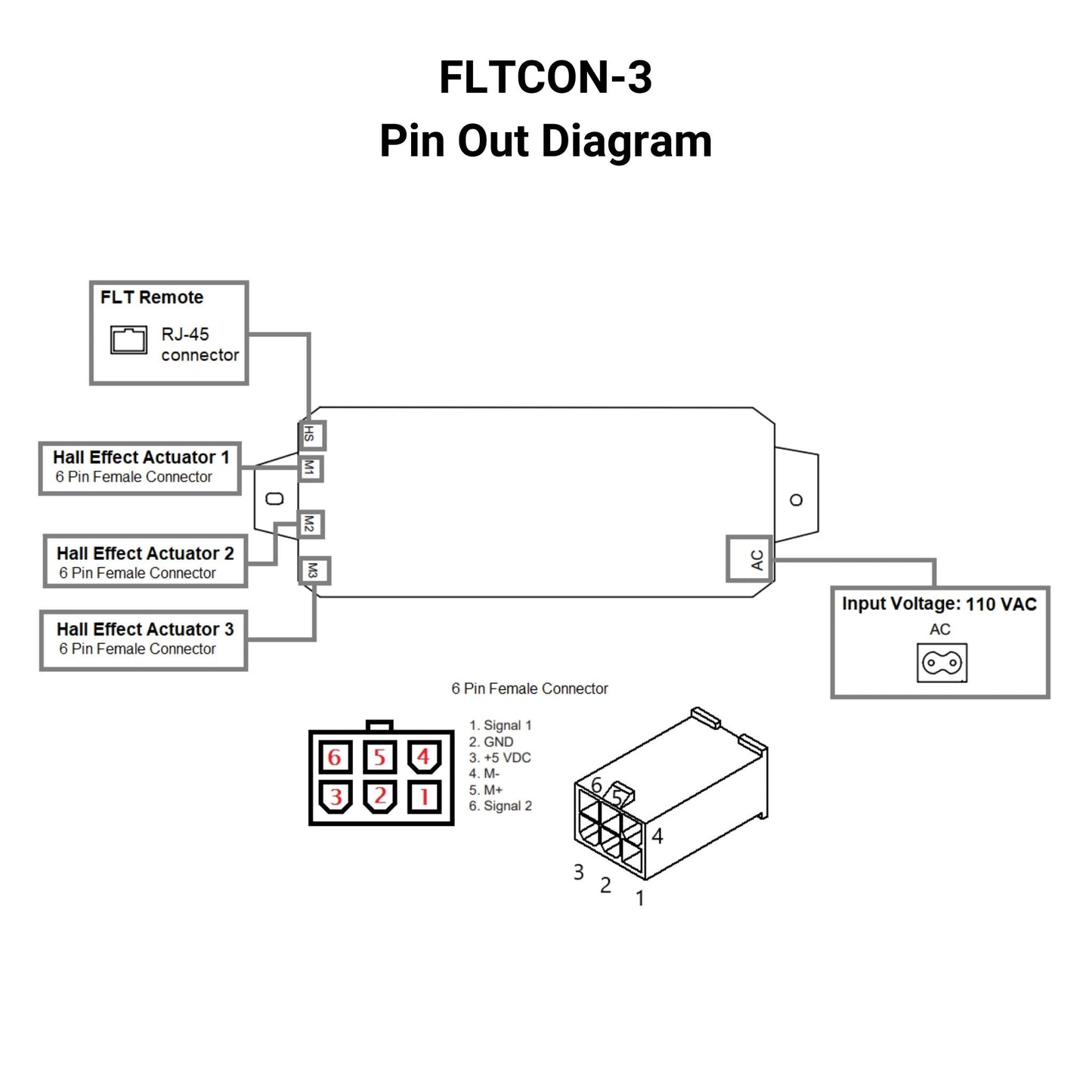
Con el control remoto con cable y preajustes, el usuario puede extender, detener y retraer los actuadores lineales sincronizados, así como programar hasta 4 posiciones predefinidas con el control remoto manual RT-11 (se vende por separado). También puede funcionar como caja de control de repuesto para nuestros elevadores de mesa FLT-05 y FLT-09. Para obtener información sobre cómo reemplazar una caja de control existente para estos modelos, póngase en contacto con nuestros representantes de ventas. La serie FLTCON no incluye control remoto con cable. Consulte nuestra sección de Control remoto manual para elegir el control remoto más adecuado para su aplicación.
OPCIONES PERSONALIZADAS
¿Busca un actuador pero las especificaciones no coinciden exactamente con lo que necesita? Contamos con una extensa lista de capacidades de personalización para garantizar que obtenga exactamente lo que necesita para su proyecto. Descargue la hoja de datos de este producto y descubra más sobre sus opciones de personalización.
Con el control remoto con cable y preajustes, el usuario puede extender, detener y retraer los actuadores lineales sincronizados, así como programar hasta 4 posiciones predefinidas con el control remoto manual RT-11 (se vende por separado). También puede funcionar como caja de control de repuesto para nuestros elevadores de mesa FLT-05 y FLT-09. Para obtener información sobre cómo reemplazar una caja de control existente para estos modelos, póngase en contacto con nuestros representantes de ventas. La serie FLTCON no incluye control remoto con cable. Consulte nuestra sección de Control remoto manual para elegir el control remoto más adecuado para su aplicación.
OPCIONES PERSONALIZADAS
¿Busca un actuador pero las especificaciones no coinciden exactamente con lo que necesita? Contamos con una extensa lista de capacidades de personalización para garantizar que obtenga exactamente lo que necesita para su proyecto. Descargue la hoja de datos de este producto y descubra más sobre sus opciones de personalización.
| Voltaje de entrada: | 110 VCA |
| Peso unitario: | 2,05 libras |
| Potencia de salida: | 24 VCC |
| Actual: | 8A |
| Tamaño: | 11,3 pulg x 1,8 pulg x 3,8 pulg |
Seguir un conjunto de estándares es crucial para que las empresas garanticen que sus productos y servicios puedan alcanzar un nivel de calidad que promueva la satisfacción del cliente. En Progressive Automations, nuestro único objetivo es lo mejor para nuestros clientes y nos esforzamos por lograr mejoras continuas. Debido a esto, nos complace anunciar que Progressive Automations ahora cuenta con la certificación ISO 9001:2015.
Calidad en la que puede confiar – Más información